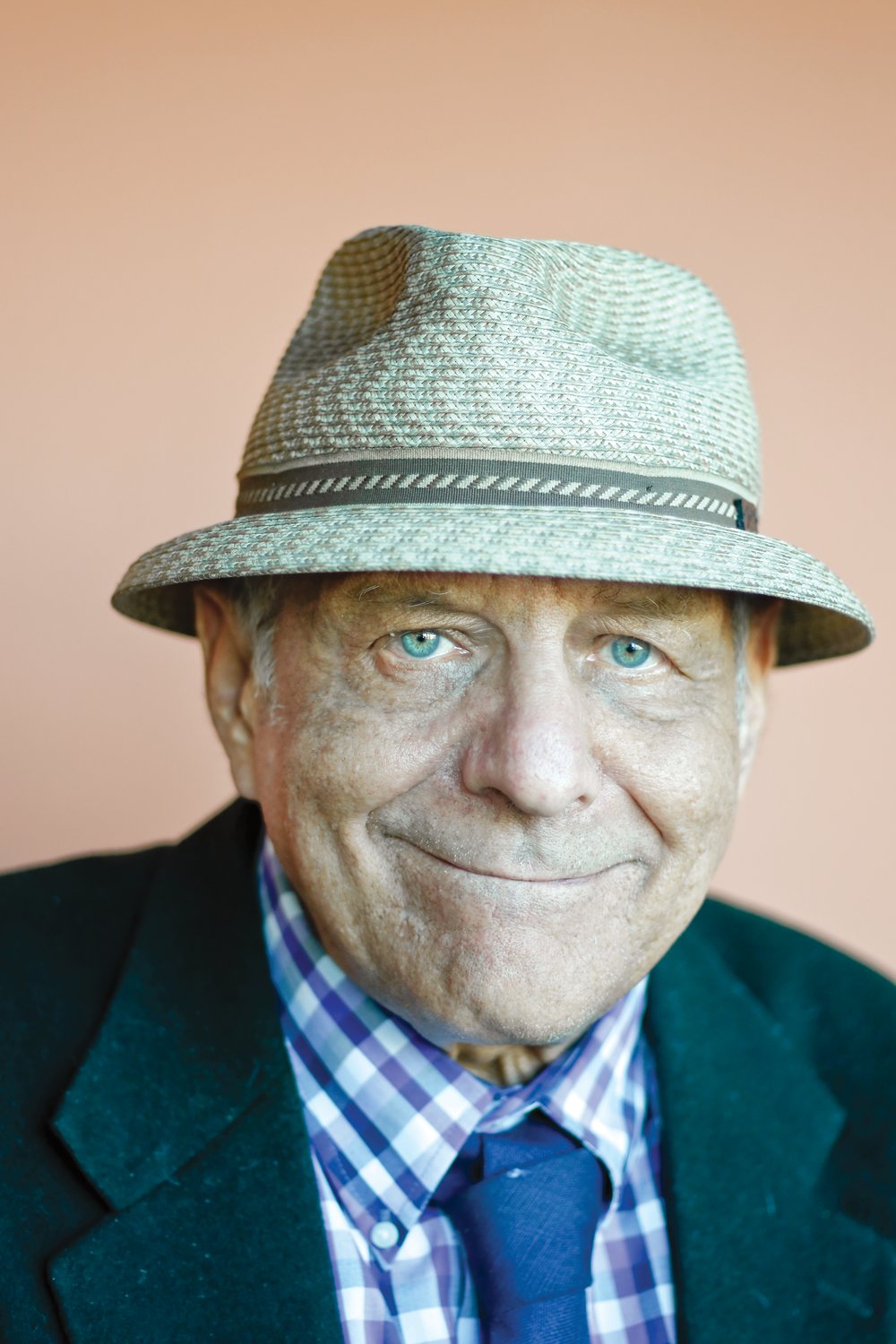The Webb telescope is up, but who was James Webb?
On Christmas Day, NASA sent into space the James Webb telescope, which, if all works out as planned, will provide us with our first look into the beginning of time. The telescope will bring into focus the oldest stars in the universe, and examine the atmospheres of nearby exoplanets for signs of life.
But who the heck was James Webb?
He has largely been lost to history. He was a Marine Corps pilot, an aide to several members of Congress, undersecretary of state to President Harry S. Truman, president of a New York company, Sperry Gyroscope, and NASA’s second administrator. A pretty impressive biography.
But just as Webb’s name has largely been forgotten, so has a tragic incident that occurred during his administration that almost ended America’s space program. On Jan. 27, 1967, three astronauts — Virgil I. (Gus) Grissom, 40, Edward H. White, 36, and rookie Roger Chaffee, 31 — were killed on the launch pad at the Kennedy Space Center in Florida when a fire erupted in their command module during pre-flight training. At the time, it was the world’s worst space disaster.
Little is said or written these days about the three astronauts and their destroyed Apollo 1 spacecraft. For one thing, there was the success of the moon landings beginning in 1969. And there have been other disasters — two space shuttles, Challenger, in 1986, and Columbia, in 2003, were lost, resulting in the deaths of 14 astronauts.
Webb saw it differently. But perhaps the most distinguishing factor of his leadership, something rarely seen in government or politics these days, was that Webb publicly took the blame for the disaster, pulling no punches.
“We’ve always known that something like this was going to happen soon or later,” he told the press at the time. “Who would have thought that the first tragedy would be on the ground?”
Not only did he shoulder the blame, but Webb was determined to get all the facts and keep the space program moving forward. America, he thought, had to be first on the moon.
He went to President Lyndon Johnson and asked that NASA be allowed to handle the investigation into the fire, promising to be truthful with the agency’s findings. Webb was grilled by various congressional committees, and kept the backlash away from NASA and the Johnson administration.
As a result, Webb was assigned much of the blame, and NASA ultimately regained its “right stuff” image. An investigation indicated that a faulty electrical wire inside the Apollo 1 command module likely caused the fire.
Webb retired from the space agency in October 1968, just as the Apollo program was nearing completion. Astronauts landed on the moon a year later.
There were bumps along the way in Webb’s career. In 2015, a Seattle Times columnist revived talk that when Webb was undersecretary of state, thousands of gay men and women lost their government jobs in what was known as the “Lavender Scare.” There was never any evidence that Webb had anything to do with the firings, although people speculated he must have known about them.
Perhaps the thing to remember about James Webb is that he kept the complex machinery of NASA humming so America could stay true to the goal that President John F. Kennedy set in 1962: to land a man on the moon by the end of the decade and bring him back safely to Earth.
Much of the technology had not even been invented yet when Kennedy made that bold pledge, and many thought the goal was impossible. Webb was one of the believers.
Jim Bernstein is the editor of the Long Beach Herald. Comments about this column? JBernstein@liherald.com.

 47.0°,
Fair
47.0°,
Fair 




